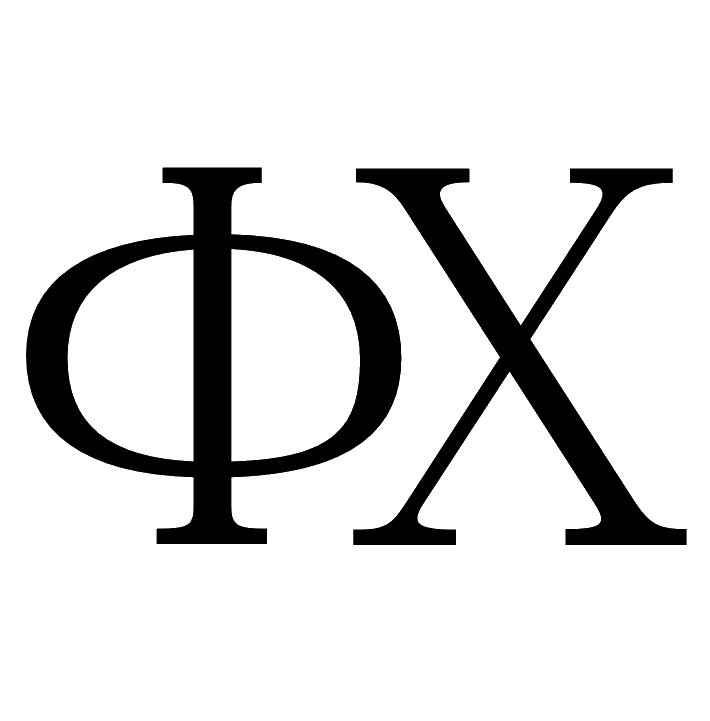To the problem of stability/instability of bimetallic structures Co (core)/ Au (shell) and Au (core)/ Co (shell): atomistic simulation
N.Yu. Sdobnyakov, V.M. Samsonov, A.Yu. Kolosov, S.A. Vasilyev, V.S. Myasnichenko, D.N. Sokolov, K.G. Savina, A.D. Veselov
Tver State University, Tver, Russia
DOI: 10.26456/pcascnn/2019.11.520
Abstract: In this work, we performed atomistic modeling of the behavior of Co (core) – Au (shell) and Au (core) – Co (shell) during thermal exposure in order to study the stability/instability problem for the above nanostructures using the tight binding potential and two alternative computer programs based on the molecular dynamics and Monte Carlo methods. It has been shown that both the Co (core) – Au (shell) and Au (core) – Co (shell) structures can be stable. However, molecular dynamics results predict a short-term decay of Au2500 (core) / Co2500 (shell) nanostructures in a high-temperature region followed by a self-assembly, while the Monte Carlo method predicts the appearance of defects – cavities in the particle core and on the boundary between two components. It is concluded that the size effect can be the main factor determining stability/instability for the Co (core) – Au (shell) and Au (core) – Co (shell) structures.
Keywords: stability/instability, molecular dynamics method, Monte-Carlo method, binary metal nanoparticles, core-shell structures.
Bibliography link:
Sdobnyakov, N.Yu. To the problem of stability/instability of bimetallic structures Co (core)/ Au (shell) and Au (core)/ Co (shell): atomistic simulation / N.Yu. Sdobnyakov, V.M. Samsonov, A.Yu. Kolosov et al. // Physical and chemical aspects of the study of clusters, nanostructures and nanomaterials: Interuniversity collection of proceedings / Ed. by V.M. Samsonov, N.Yu. Sdobnyakov. – Tver: TSU, 2019. – I. 11. – P. 520-534.
Full text (in Russian): download PDF file
